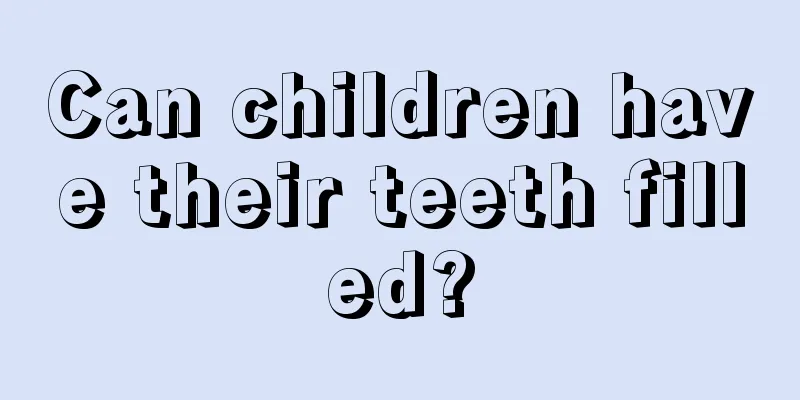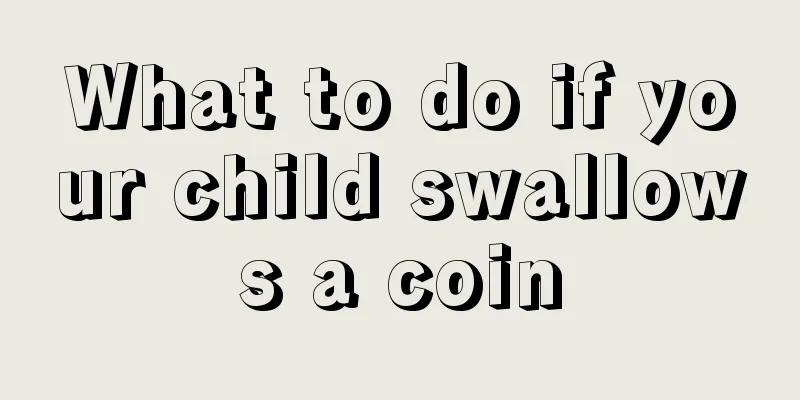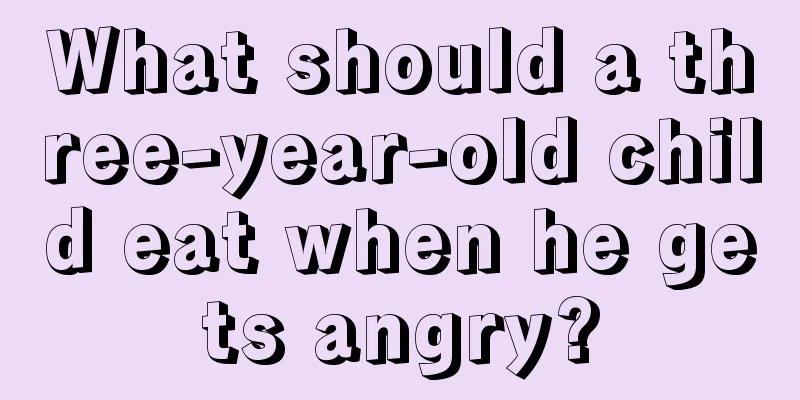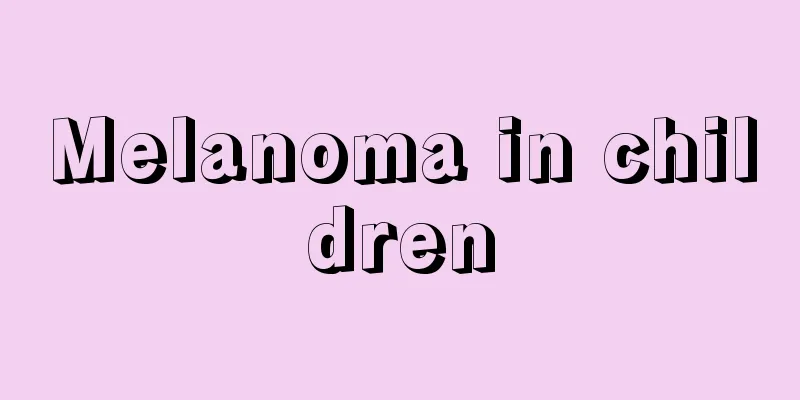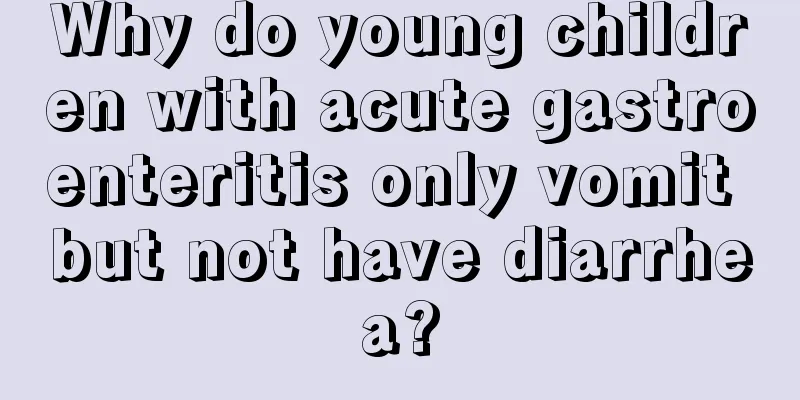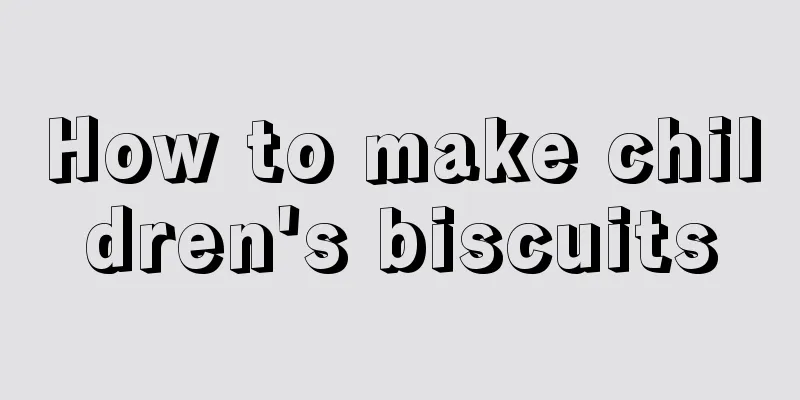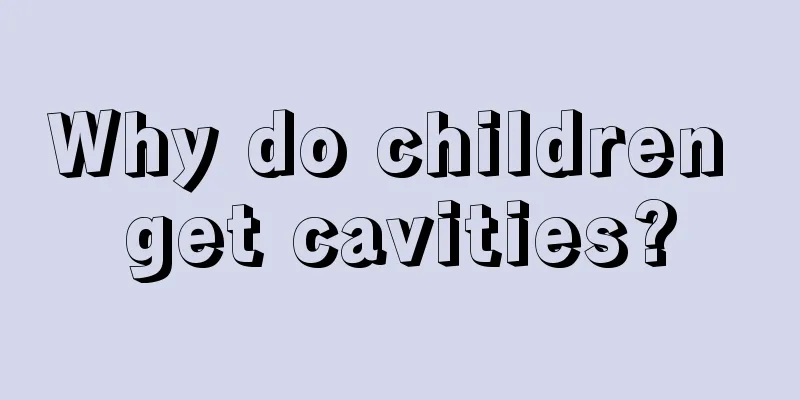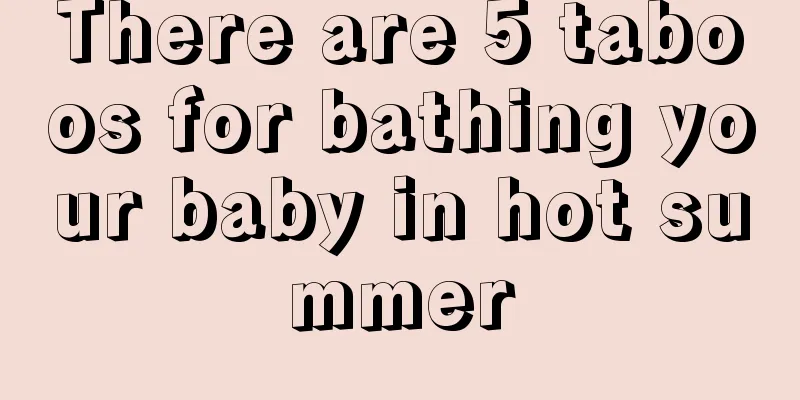What is the reason for a two-year-old baby to have a fever and convulsions?
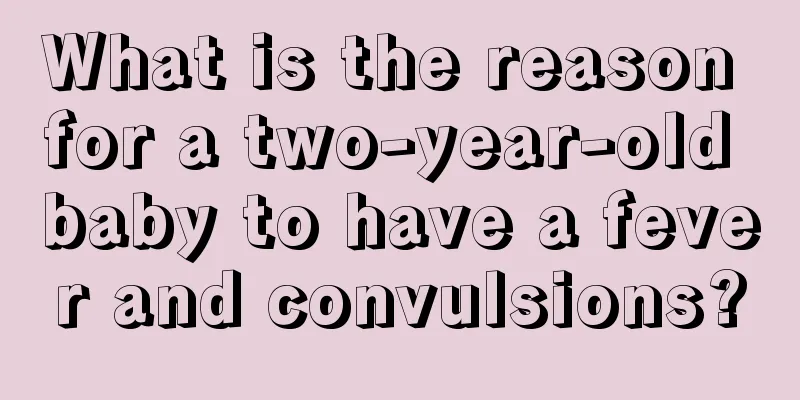
|
Families are most worried about their children having a fever. After all, children are still young and their bodies are very fragile. In addition, their immunity is relatively poor. Once they have a fever, the consequences are quite serious. When a high fever persists, it can easily lead to convulsions or seizures, which can endanger the health and safety of children. Therefore, this problem should not be underestimated. So what causes a two-year-old baby to have a fever and convulsions? Febrile convulsion refers to a sudden convulsion caused by a fever exceeding 38.5℃ due to reasons other than intracranial infection and other pre-existing neurological diseases. The incidence rate in babies under 5 years old is 2% to 5%. Among them, babies aged 6 months to 3 years have the highest incidence rate, with boys more likely to have more seizures than girls. Convulsions also often occur in acute upper respiratory tract infections within 12 hours after the onset of high fever. They are generally short-term, lasting less than 10 seconds, and severe ones may last for more than 10 to 30 minutes. The patient woke up quickly after the attack, and only one convulsion occurred during a high fever. It is not just high fever that can trigger convulsions. There is also a type of afebrile convulsions, which often occur in some non-infectious diseases, such as intracranial hemorrhage, cerebral edema, epilepsy, cerebral hypoplasia, hydrocephalus, microcephaly, as well as nutritional disorders, metabolic disorders (such as hypocalcemic convulsions), hypoglycemia, food poisoning, drug poisoning and certain pesticide poisoning, etc. The baby usually shows sudden onset of whole body or local muscle spasm, and does not respond when called. The baby's head is tilted back or to one side, the eyes are rolled up or slanted to one side or blink frequently, the face and lips are pale or blackened, the teeth are clenched, and there is foaming at the mouth (if the tongue is bitten, blood foam will be spit out), the limbs are stiff or twitching rhythmically, and incontinence may also occur. It is what is commonly known as convulsion or epilepsy. There are many causes of febrile convulsions in babies, which are often caused by bacterial or viral infections. Such as meningitis, brain abscess, tonsillitis, otitis media, upper respiratory tract infection and bacillary dysentery. The baby's nervous system is underdeveloped, and high fever causes the central nervous system to become overexcited. In addition, the occurrence of febrile convulsions is related to genetic factors. 24% of the sick babies have a family history of febrile convulsions, and 4% have a family history of epilepsy. The above article gives a clear introduction to the reasons why two-year-old babies have fever and convulsions. I believe everyone has a clear idea of it. After a child has a cramp, it is still necessary to deal with it promptly and correctly, especially convulsions and convulsions should not be taken lightly. After the baby's seizure stops, he should receive timely and correct treatment, and take preventive measures to avoid further harm. |
<<: How to prevent a four-year-old child from having a fever and convulsions?
>>: What should I do if my four-year-old child has a fever and diarrhea?
Recommend
What is the cause of the white spots on the child's fingertips?
The growth and development of children is an issu...
How to make a fancy breakfast for children
Breakfast plays an important role in children'...
What to do if your baby has herpes in the throat
Due to the changeable temperature in summer, babi...
Children can't sleep well at night
If the baby has a good sleep, it is a great relie...
Upper respiratory tract infection in children
Respiratory tract infection is one of the disease...
Children cough when they run hot
If our baby coughs when exercising, it may be cau...
What should I do if my baby is allergic to medicine?
If the baby is sick, parents must not give the ba...
What to do if a full-month-old baby gets angry
When your baby is one month old, you need to pay ...
What to do if a 7-year-old child is constipated
Generally speaking, adults have the habit of cons...
Hand, foot and mouth disease rash characteristics
We know that the symptoms of hand, foot and mouth...
What medicine should my child take if he has diarrhea and vomiting?
Children's vomiting and diarrhea are mostly c...
What should I do if my child falls on his head?
Some children have fallen and hit the back of the...
What should I do if my child's butt is red?
We all know that in the process of taking care of...
What are the benefits of swimming for a 3-month-old baby?
Many families pay attention to their baby's a...
What are the recipes for picky eaters?
Children nowadays live a carefree life and are ca...
